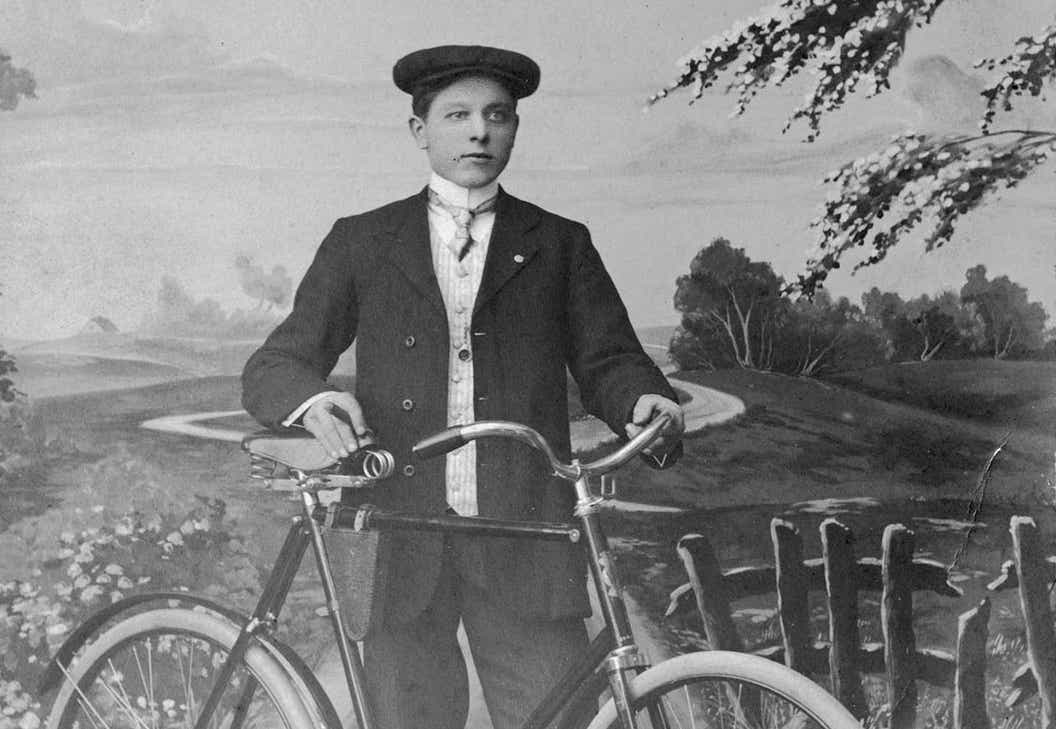Toys have been an integral part of human culture for centuries, providing entertainment, education, and developmental benefits for children. The history of toys is a fascinating journey that spans across civilizations and time periods, showcasing the creativity and ingenuity of inventors who sought to enhance the play experiences of children. In this article, we will delve into the evolution of toys from ancient times to the modern era, highlighting key moments, inventors, and the crucial role toys play in a child's life.

The Evolution of Toys: A Comprehensive Journey Through History and Significance
Ancient Beginnings: The Birth of Toys
The history of toys can be traced back to ancient civilizations, where simple items like rocks, sticks, and clay were transformed into playthings for children. Archaeological findings indicate that ancient Egyptian children played with dolls made of clay, while Greek and Roman children enjoyed wooden horses and dolls crafted from various materials. These early toys served not only as sources of entertainment but also as tools for cultural and educational development.
The Middle Ages: The Rise of Handcrafted Toys
During the Middle Ages, toys became more sophisticated, reflecting the craftsmanship of the time. Wooden dolls, tops, and carved animals were popular choices, often handmade by skilled artisans. The Renaissance period saw the emergence of more intricate and finely detailed toys, as the concept of childhood as a distinct stage of life gained recognition.

The Industrial Revolution: A Turning Point in Toy Production
The 19th century marked a significant shift in the history of toys with the onset of the Industrial Revolution. Mass production techniques revolutionized the toy industry, making toys more accessible to a broader audience. Metal toys, such as trains and soldiers, became prevalent, reflecting the technological advancements of the time. Inventors like Friedrich Fröbel, the creator of the kindergarten system, emphasized the importance of play in a child's development, influencing the design of educational toys.

The Birth of Iconic Toys: 20th Century Innovations
The 20th century witnessed a surge in innovation and the creation of iconic toys that would shape generations of childhoods. Lego, invented by Ole Kirk Christiansen in Denmark, revolutionized construction toys, promoting creativity and problem-solving skills. In the United States, the advent of plastic manufacturing led to the mass production of toys like Barbie dolls, G.I. Joe action figures, and the iconic Mr. Potato Head.
The mid-20th century also saw the emergence of electronic toys, with the introduction of battery-powered and electronic components. The Easy-Bake Oven, introduced by Kenner in the 1960s, allowed children to bake miniature treats with a light bulb. The popularity of electronic toys soared in the following decades with the rise of video games, handheld electronic devices, and interactive toys.
The mid-20th century also saw the emergence of electronic toys, with the introduction of battery-powered and electronic components. The Easy-Bake Oven, introduced by Kenner in the 1960s, allowed children to bake miniature treats with a light bulb. The popularity of electronic toys soared in the following decades with the rise of video games, handheld electronic devices, and interactive toys.

Educational Toys and the Montessori Movement
Maria Montessori, an Italian physician and educator, played a pivotal role in shaping the landscape of educational toys. Her Montessori method emphasized hands-on learning, sensory experiences, and self-directed play. Montessori's influence led to the creation of educational toys that focused on cognitive development, fine motor skills, and problem-solving abilities. Toys like stacking blocks, puzzle games, and sensory toys became essential tools for early childhood education.
Toys in the Digital Age: Challenges and Opportunities
As we entered the 21st century, the digital revolution brought forth a new era in the history of toys. Smart toys, connected devices, and augmented reality experiences became part of the toy market. While these innovations offered new opportunities for interactive and immersive play, concerns about screen time and its impact on children's development arose. Balancing traditional and digital toys has become a challenge for parents and educators seeking to provide a well-rounded play experience.
The Importance of Toys in Child Development
Toys play a crucial role in a child's physical, cognitive, and emotional development. Here are key reasons why toys are vital for a child's growth:
Cognitive Development: Toys stimulate a child's imagination, creativity, and problem-solving skills. Educational toys, such as puzzles and building blocks, enhance cognitive abilities and promote learning through play.
Social Skills: Many toys encourage social interaction and cooperation, fostering the development of communication and interpersonal skills. Board games, dolls, and action figures provide opportunities for children to engage in imaginative play with peers.
Emotional Well-being: Toys offer a means for children to express emotions, build self-esteem, and develop a sense of identity. Stuffed animals, comfort objects, and imaginative play contribute to emotional well-being and comfort.
Physical Activity: Active play with toys like bicycles, balls, and outdoor equipment promotes physical development and a healthy lifestyle. Gross and fine motor skills are honed through physical play.
Educational Value: Educational toys enhance learning by introducing concepts such as numbers, letters, and basic scientific principles. These toys contribute to early childhood education in an engaging and enjoyable manner.
Social Skills: Many toys encourage social interaction and cooperation, fostering the development of communication and interpersonal skills. Board games, dolls, and action figures provide opportunities for children to engage in imaginative play with peers.
Emotional Well-being: Toys offer a means for children to express emotions, build self-esteem, and develop a sense of identity. Stuffed animals, comfort objects, and imaginative play contribute to emotional well-being and comfort.
Physical Activity: Active play with toys like bicycles, balls, and outdoor equipment promotes physical development and a healthy lifestyle. Gross and fine motor skills are honed through physical play.
Educational Value: Educational toys enhance learning by introducing concepts such as numbers, letters, and basic scientific principles. These toys contribute to early childhood education in an engaging and enjoyable manner.
A testament to human
The history of toys is a testament to human creativity, innovation, and the enduring importance of play in a child's life. From simple objects crafted by ancient civilizations to the sophisticated, technology-driven toys of today, the evolution of toys mirrors the evolution of society and cultural values. As we continue to navigate the challenges and opportunities presented by the digital age, it is essential to recognize the timeless significance of toys in fostering the holistic development of children.
Balancing traditional and modern toys, while considering the educational and developmental needs of each child, ensures a rich and fulfilling play experience that transcends time and cultural boundaries.
Balancing traditional and modern toys, while considering the educational and developmental needs of each child, ensures a rich and fulfilling play experience that transcends time and cultural boundaries.